文章目录
- 前言
- 一、ubuntu 下相关环境准备
-
- 1. 获取 xdg_wm_base 依赖的相关文件
- 2. 查看 ubuntu 上安装的opengles 版本
- 3. 查看 weston 所支持的 窗口shell 接口种类
- 二、xdg_wm_base 介绍
- 三、egl_wayland_demo
-
- 1.egl_wayland_demo2_0.c
- 2.egl_wayland_demo3_0.c
- 3. xdg-shell-protocol.c和 xdg-shell-client-protocol.h
- 4. 编译和运行
-
- 4.1 编译
- 4.2 运行
- 总结
- 参考资料
前言
`本文主要介绍如何在linux 下,基于xdg_wm_base 接口的 wayland client 中 使用 egl + opengles 渲染一个最基本的三角形
软硬件环境:
硬件:PC
软件:
ubuntu22.04
EGL1.4
openGL ES3.1
weston9.0
一、ubuntu 下相关环境准备
1. 获取 xdg_wm_base 依赖的相关文件
之前的文章 weston 源码下载及编译 介绍了如何在ubuntu 22.04 下面编译 weston9.0 ,在编译结束后,在build 目录下会生成 xdg-shell-protocol.c 和 xdg-shell-client-protocol.h 这两个文件,如下图所示

xdg-shell-protocol.c 和 xdg-shell-client-protocol.h 这两个文件就是使用 xdg_wm_base 时所依赖的,这里就直接从weston9.0的目录下获取了,当然也可以使用wayland 相关的命令(wayland-scanner)去操作对应的.xml 文件来生成它们。
(wayland-scanner)是一个用于生成Wayland协议代码的工具。它是Wayland项目的一部分,用于根据XML描述文件生成C语言代码,以便在应用程序中使用Wayland协议。
Wayland-Scanner工具的用途是将Wayland协议的XML描述文件转换为可供应用程序使用的C语言代码。这些代码包括客户端和服务器端的接口定义、消息处理函数、数据结构等。通过使用Wayland-Scanner,开发人员可以根据自定义的Wayland协议描述文件生成所需的代码,从而实现与Wayland服务器的通信
2. 查看 ubuntu 上安装的opengles 版本
使用 glxinfo | grep “OpenGL ES” 可以查看 ubuntu 上所安装的opengles 的版本,如下图所示,代表当前 ubuntu (ubuntu22.04)上安装的是opengles版本是 opengles3.1

3. 查看 weston 所支持的 窗口shell 接口种类
直接执行 weston-info(后面会被wayland-info 命令取代) 命令,如下图所示,可以看到,当前ubuntu(ubuntu22.04)上所支持的窗口 shell 接口种类,其中就有 xdg_wm_base, zxdg_shell_v6 等,但是没有 wl_shell , 所以从这可以看出,wl_shell 确实已经在ubuntu22.04 上废弃使用了。
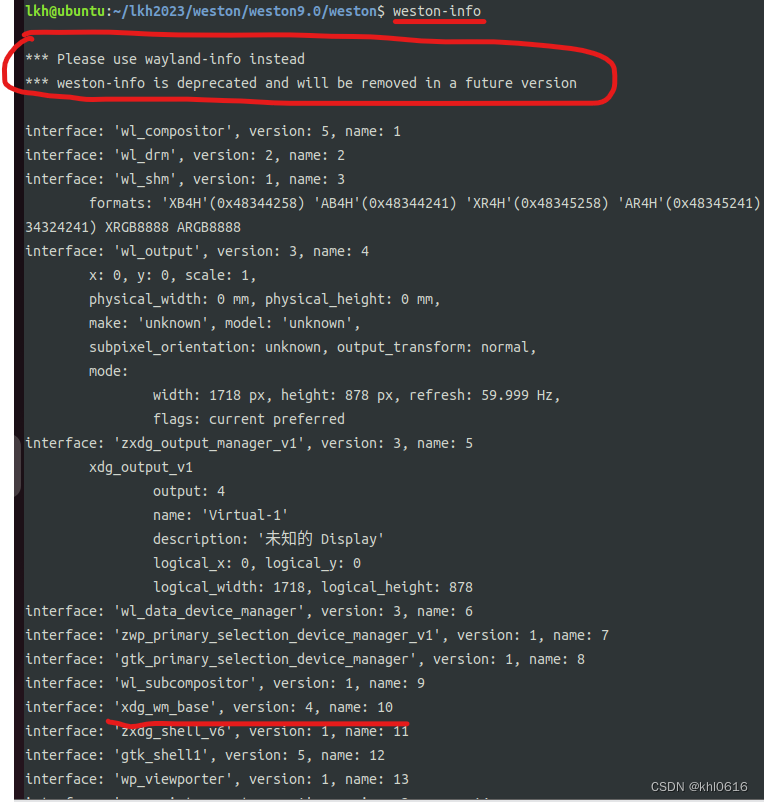
二、xdg_wm_base 介绍
- xdg_wm_base是由XDG组织定义的Wayland协议接口之一,它提供了一种标准化的方法,使得窗口管理器和应用程序能够进行互动;
- xdg_wm_base定义了与窗口管理器交互的基本功能,如创建新窗口、设置窗口标题、最大化和最小化窗口等;
- 它鼓励窗口管理器使用更加灵活和自由的方式来处理窗口管理任务;
- xdg_wm_base和 wl_shell 都是Wayland协议的一部分,用于定义窗口管理器(Window Manager)与应用程序之间的通信接口。它们之间的区别在于设计理念和功能,xdg_wm_base提供了更加灵活和标准化的窗口管理器接口,窗口管理器可以根据需要实现更多的功能;
三、egl_wayland_demo
1.egl_wayland_demo2_0.c
使用 opengles2.x 接口的 egl_wayland_demo2_0.c 代码如下
#include <wayland-client.h>
#include <wayland-server.h>
#include <wayland-egl.h>
#include <EGL/egl.h>
#include <GLES2/gl2.h>
#include <stdio.h>
#include <stdlib.h>
#include <string.h>
#include "xdg-shell-client-protocol.h"
#define WIDTH 640
#define HEIGHT 480
struct wl_display *display = NULL;
struct wl_compositor *compositor = NULL;
struct xdg_wm_base *wm_base = NULL;
struct wl_registry *registry = NULL;
struct window {
struct wl_surface *surface;
struct xdg_surface *xdg_surface;
struct xdg_toplevel *xdg_toplevel;
struct wl_egl_window *egl_window;
};
// Index to bind the attributes to vertex shaders
const unsigned int VertexArray = 0;
static void
xdg_wm_base_ping(void *data, struct xdg_wm_base *shell, uint32_t serial)
{
xdg_wm_base_pong(shell, serial);
}
static const struct xdg_wm_base_listener wm_base_listener = {
xdg_wm_base_ping,
};
/*for registry listener*/
static void registry_add_object(void *data, struct wl_registry *registry, uint32_t name, const char *interface, uint32_t version)
{
if (!strcmp(interface, "wl_compositor")) {
compositor = wl_registry_bind(registry, name, &wl_compositor_interface, 1);
} else if (strcmp(interface, "xdg_wm_base") == 0) {
wm_base = wl_registry_bind(registry, name,
&xdg_wm_base_interface, 1);
xdg_wm_base_add_listener(wm_base, &wm_base_listener, NULL);
}
}
void registry_remove_object(void *data, struct wl_registry *registry, uint32_t name)
{
}
static struct wl_registry_listener registry_listener = {
registry_add_object, registry_remove_object};
static void
handle_surface_configure(void *data, struct xdg_surface *surface,
uint32_t serial)
{
//struct window *window = data;
xdg_surface_ack_configure(surface, serial);
//window->wait_for_configure = false;
}
static const struct xdg_surface_listener xdg_surface_listener = {
handle_surface_configure
};
static void
handle_toplevel_configure(void *data, struct xdg_toplevel *toplevel,
int32_t width, int32_t height,
struct wl_array *states)
{
}
static void
handle_toplevel_close(void *data, struct xdg_toplevel *xdg_toplevel)
{
}
static const struct xdg_toplevel_listener xdg_toplevel_listener = {
handle_toplevel_configure,
handle_toplevel_close,
};
bool initWaylandConnection()
{
if ((display = wl_display_connect(NULL)) == NULL)
{
printf("Failed to connect to Wayland display!\n");
return false;
}
if ((registry = wl_display_get_registry(display)) == NULL)
{
printf("Faield to get Wayland registry!\n");
return false;
}
wl_registry_add_listener(registry, ®istry_listener, NULL);
wl_display_dispatch(display);
if (!compositor)
{
printf("Could not bind Wayland protocols!\n");
return false;
}
return true;
}
bool initializeWindow(struct window *window)
{
initWaylandConnection();
window->surface = wl_compositor_create_surface (compositor);
window->xdg_surface = xdg_wm_base_get_xdg_surface(wm_base, window->surface);
if (window->xdg_surface == NULL)
{
printf("Failed to get Wayland xdg surface\n");
return false;
} else {
xdg_surface_add_listener(window->xdg_surface, &xdg_surface_listener, window);
window->xdg_toplevel =
xdg_surface_get_toplevel(window->xdg_surface);
xdg_toplevel_add_listener(window->xdg_toplevel,
&xdg_toplevel_listener, window);
xdg_toplevel_set_title(window->xdg_toplevel, "egl_wayland_demo");
}
return true;
}
void releaseWaylandConnection(struct window *window)
{
if(window->xdg_toplevel)
xdg_toplevel_destroy(window->xdg_toplevel);
if(window->xdg_surface)
xdg_surface_destroy(window->xdg_surface);
wl_surface_destroy(window->surface);
xdg_wm_base_destroy(wm_base);
wl_compositor_destroy(compositor);
wl_registry_destroy(registry);
wl_display_disconnect(display);
}
bool createEGLSurface(EGLDisplay eglDisplay, EGLConfig eglConfig, EGLSurface *eglSurface, struct window *window)
{
window->egl_window = wl_egl_window_create(window->surface, WIDTH, HEIGHT);
if (window->egl_window == EGL_NO_SURFACE) {
printf("Can't create egl window\n");
return false;
} else {
printf("Created wl egl window\n");
}
*eglSurface = eglCreateWindowSurface(eglDisplay, eglConfig, window->egl_window, NULL);
return true;
}
bool opengles_init(GLuint *shaderProgram)
{
GLuint fragmentShader = 0;
GLuint vertexShader = 0;
char msg[1000];
GLsizei len;
const char* const fragmentShaderSource =
"precision mediump float;\n"
"void main()\n"
"{\n"
" gl_FragColor = vec4 (1.0,0.0,0.0,1.0);\n"
"}\n";
// Create a fragment shader object
fragmentShader = glCreateShader(GL_FRAGMENT_SHADER);
// Load the source code into it
glShaderSource(fragmentShader, 1, (const char**)&fragmentShaderSource, NULL);
// Compile the source code
glCompileShader(fragmentShader);
// Check that the shader compiled
GLint isShaderCompiled;
glGetShaderiv(fragmentShader, GL_COMPILE_STATUS, &isShaderCompiled);
if (!isShaderCompiled)
{
// If an error happened, first retrieve the length of the log message
glGetShaderInfoLog(fragmentShader, sizeof msg, &len, msg);
//glGetShaderiv(fragmentShader, GL_INFO_LOG_LENGTH, &infoLogLength);
// Allocate enough space for the message and retrieve it
//std::vector<char> infoLog;
//infoLog.resize(infoLogLength);
//glGetShaderInfoLog(fragmentShader, infoLogLength, &charactersWritten, infoLog.data());
fprintf(stderr, "Error: compiling %s: %.*s\n", "fragment", len, msg);
return false;
}
// Vertex shader code
const char* const vertexShaderSource =
"attribute vec4 vPosition; \n"
"void main()\n"
"{\n"
" gl_Position = vPosition;\n"
"}\n";
// Create a vertex shader object
vertexShader = glCreateShader(GL_VERTEX_SHADER);
// Load the source code into the shader
glShaderSource(vertexShader, 1, (const char**)&vertexShaderSource, NULL);
// Compile the shader
glCompileShader(vertexShader);
// Check the shader has compiled
glGetShaderiv(vertexShader, GL_COMPILE_STATUS, &isShaderCompiled);
if (!isShaderCompiled)
{
// If an error happened, first retrieve the length of the log message
//int infoLogLength, charactersWritten;
//glGetShaderiv(vertexShader, GL_INFO_LOG_LENGTH, &infoLogLength);
glGetShaderInfoLog(vertexShader, sizeof msg, &len, msg);
// Allocate enough space for the message and retrieve it
//std::vector<char> infoLog;
//infoLog.resize(infoLogLength);
//glGetShaderInfoLog(vertexShader, infoLogLength, &charactersWritten, infoLog.data());
fprintf(stderr, "Error: compiling %s: %.*s\n", "vertex", len, msg);
return false;
}
// Create the shader program
*shaderProgram = glCreateProgram();
// Attach the fragment and vertex shaders to it
glAttachShader(*shaderProgram, fragmentShader);
glAttachShader(*shaderProgram, vertexShader);
// Bind the vertex attribute "myVertex" to location VertexArray (0)
glBindAttribLocation(*shaderProgram, VertexArray, "vPosition");
// Link the program
glLinkProgram(*shaderProgram);
// After linking the program, shaders are no longer necessary
glDeleteShader(vertexShader);
glDeleteShader(fragmentShader);
// Check if linking succeeded in the same way we checked for compilation success
GLint isLinked;
glGetProgramiv(*shaderProgram, GL_LINK_STATUS, &isLinked);
if (!isLinked)
{
// If an error happened, first retrieve the length of the log message
//nt infoLogLength, charactersWritten;
//glGetProgramiv(*shaderProgram, GL_INFO_LOG_LENGTH, &infoLogLength);
// Allocate enough space for the message and retrieve it
//std::vector<char> infoLog;
//infoLog.resize(infoLogLength);
//glGetShaderInfoLog(shaderProgram, infoLogLength, &charactersWritten, infoLog.data());
glGetProgramInfoLog(*shaderProgram, sizeof msg, &len, msg);
fprintf(stderr, "Error: compiling %s: %.*s\n", "linkprogram", len, msg);
return false;
}
// Use the Program
glUseProgram(*shaderProgram);
return true;
}
bool renderScene(EGLDisplay eglDisplay, EGLSurface eglSurface)
{
GLfloat vVertices[] = {
0.0f,0.5f,0.0f, //vertex pointer
-0.5f,-0.5f,0.0f,
0.5f,-0.5f,0.0f};
glViewport(0, 0, WIDTH, HEIGHT); //set the view port
glClearColor(0.00f, 0.70f, 0.67f, 1.0f); //set rgba value for backgroud
glClear(GL_COLOR_BUFFER_BIT);
glEnableVertexAttribArray(VertexArray);
glVertexAttribPointer(VertexArray, 3, GL_FLOAT, GL_FALSE, 0, vVertices);
glDrawArrays(GL_TRIANGLES, 0, 3); //draw a triangle
if (!eglSwapBuffers(eglDisplay, eglSurface))
{
return false;
}
return true;
}
bool render(GLuint shaderProgram, EGLDisplay eglDisplay, EGLSurface eglSurface)
{
// Renders a triangle for 800 frames using the state setup in the previous function
for (int i = 0; i < 800; ++i)
{
wl_display_dispatch_pending(display);
if (!renderScene(eglDisplay, eglSurface)) {
return false; }
}
return true;
}
void deInitializeGLState(GLuint shaderProgram)
{
// Frees the OpenGL handles for the program
glDeleteProgram(shaderProgram);
}
void releaseEGLState(EGLDisplay eglDisplay)
{
if (eglDisplay != NULL)
{
// To release the resources in the context, first the context has to be released from its binding with the current thread.
eglMakeCurrent(eglDisplay, EGL_NO_SURFACE, EGL_NO_SURFACE, EGL_NO_CONTEXT);
// Terminate the display, and any resources associated with it (including the EGLContext)
eglTerminate(eglDisplay);
}
}
int main()
{
/* EGL variables*/
EGLDisplay eglDisplay;
EGLConfig eglConfig;
EGLSurface eglSurface;
EGLContext context;
struct window window;
//wayland client init
if(!initializeWindow(&window))
{
printf("initializeWindow failed\n");
return -1;
}
//egl init
eglDisplay = eglGetDisplay(display);
if (eglDisplay == EGL_NO_DISPLAY)
{
printf("Failed to get an EGLDisplay\n");
return -1;
}
EGLint eglMajorVersion = 0;
EGLint eglMinorVersion = 0;
if (!eglInitialize(eglDisplay, &eglMajorVersion, &eglMinorVersion))
{
printf("Failed to initialize the EGLDisplay\n");
return -1;
} else {
printf(" EGL%d.%d\n", eglMajorVersion, eglMinorVersion);
printf(" EGL_CLIENT_APIS: %s\n", eglQueryString(eglDisplay, EGL_CLIENT_APIS));
printf(" EGL_VENDOR: %s\n", eglQueryString(eglDisplay, EGL_VENDOR));
printf(" EGL_VERSION: %s\n", eglQueryString(eglDisplay, EGL_VERSION));
printf(" EGL_EXTENSIONS: %s\n", eglQueryString(eglDisplay, EGL_EXTENSIONS));
}
int result = EGL_FALSE;
result = eglBindAPI(EGL_OPENGL_ES_API);
if (result != EGL_TRUE) {
printf("eglBindAPI failed\n");
return -1;
}
const EGLint configurationAttributes[] = {
EGL_SURFACE_TYPE, EGL_WINDOW_BIT, EGL_RENDERABLE_TYPE, EGL_OPENGL_ES2_BIT, EGL_NONE };
EGLint configsReturned;
if (!eglChooseConfig(eglDisplay, configurationAttributes, &eglConfig, 1, &configsReturned) || (configsReturned != 1))
{
printf("Failed to choose a suitable config\n");
return -1;
}
EGLint contextAttributes[] = {
EGL_CONTEXT_CLIENT_VERSION, 2, EGL_NONE };
context = eglCreateContext(eglDisplay, eglConfig, NULL, contextAttributes);
if(!createEGLSurface(eglDisplay, eglConfig, &eglSurface, &window))
{
printf("Failed to create EGLSurface\n");
return -1;
}
eglMakeCurrent(eglDisplay, eglSurface, eglSurface, context);
const GLubyte* version = glGetString(GL_VERSION);
if (version != NULL) {
printf("OpenGL ES version: %s\n", version);
} else {
printf("Failed to get OpenGL ES version\n");
}
// opengles init
GLuint shaderProgram = 0;
opengles_init(&shaderProgram);
//render
if(!render(shaderProgram, eglDisplay, eglSurface)) {
printf("=========render failed\n");
}
//clean up
deInitializeGLState(shaderProgram);
// Release the EGL State
releaseEGLState(eglDisplay);
// Release the Wayland connection
releaseWaylandConnection(&window);
return 0;
}
2.egl_wayland_demo3_0.c
使用 opengles3.x 接口的 egl_wayland_demo3_0.c 代码如下
#include <wayland-client.h>
#include <wayland-server.h>
#include <wayland-egl.h>
#include <EGL/egl.h>
#include <GLES3/gl3.h>
#include <stdio.h>
#include <stdlib.h>
#include <string.h>
#include "xdg-shell-client-protocol.h"
#define WIDTH 640
#define HEIGHT 480
struct wl_display *display = NULL;
struct wl_compositor *compositor = NULL;
struct xdg_wm_base *wm_base = NULL;
struct wl_registry *registry = NULL;
struct window {
struct wl_surface *surface;
struct xdg_surface *xdg_surface;
struct xdg_toplevel *xdg_toplevel;
struct wl_egl_window *egl_window;
};
// Index to bind the attributes to vertex shaders
const unsigned int VertexArray = 0;
static void
xdg_wm_base_ping(void *data, struct xdg_wm_base *shell, uint32_t serial)
{
xdg_wm_base_pong(shell, serial);
}
static const struct xdg_wm_base_listener wm_base_listener = {
xdg_wm_base_ping,
};
/*for registry listener*/
static void registry_add_object(void *data, struct wl_registry *registry, uint32_t name, const char *interface, uint32_t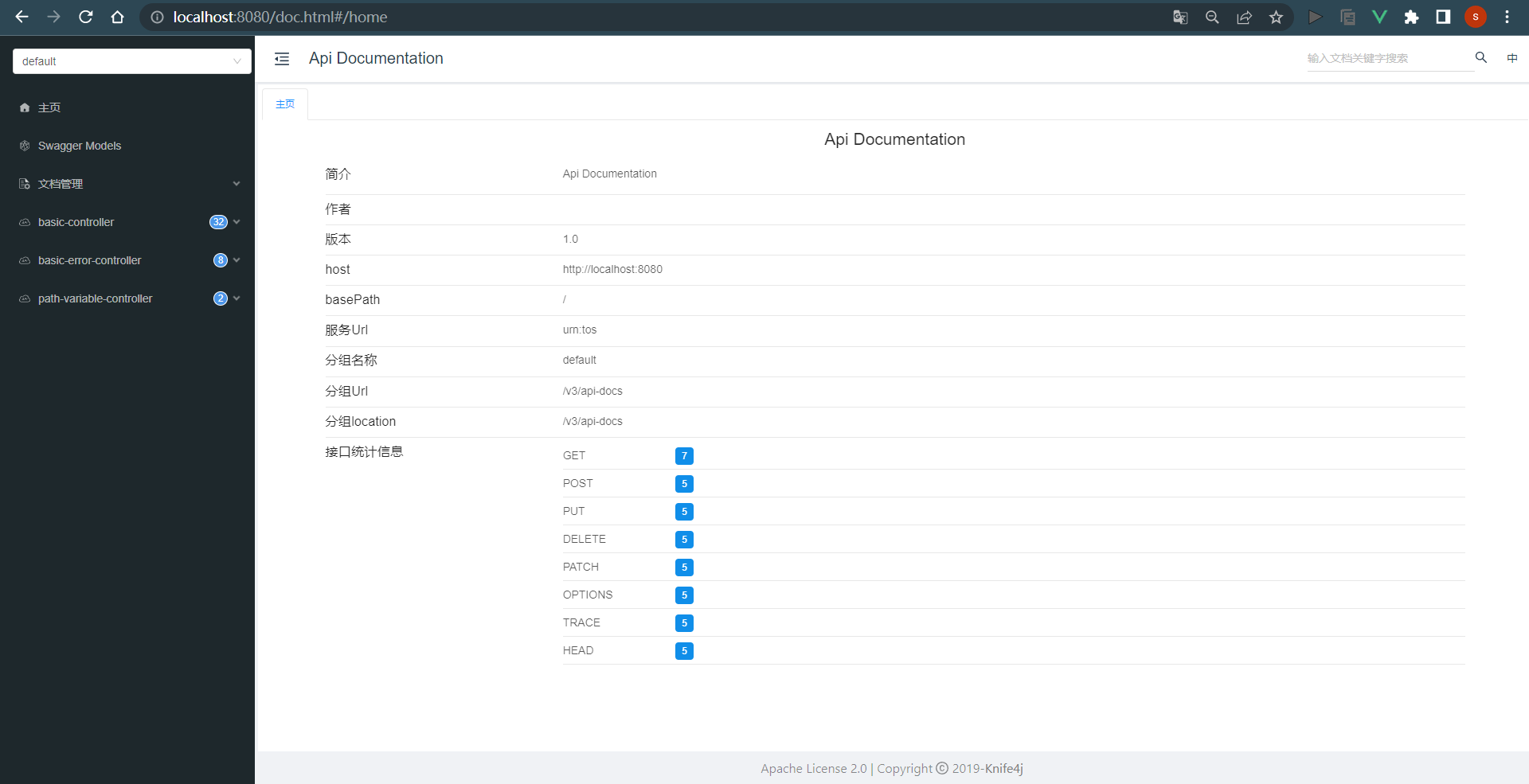
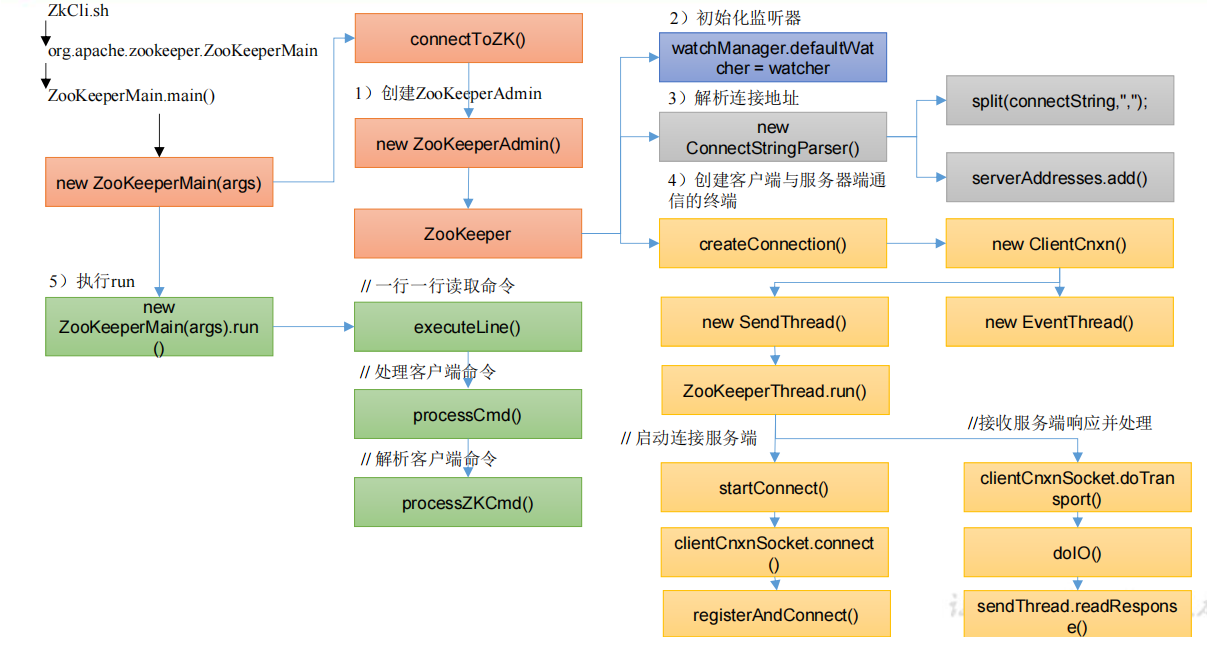


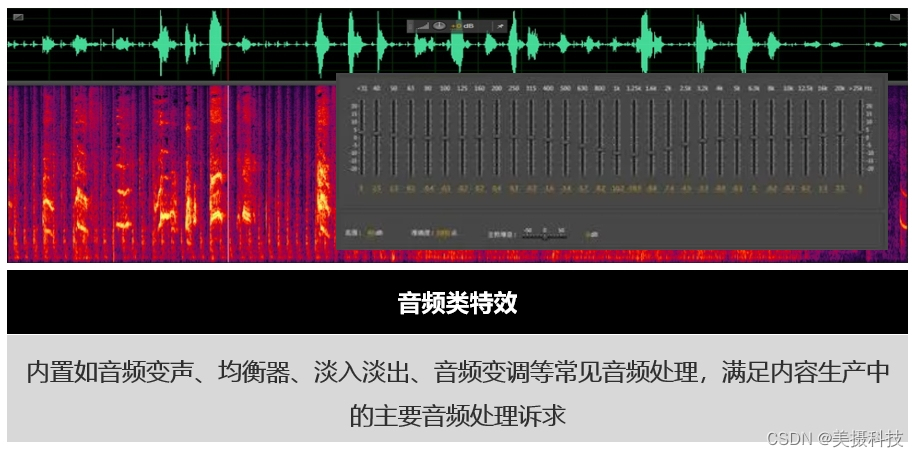

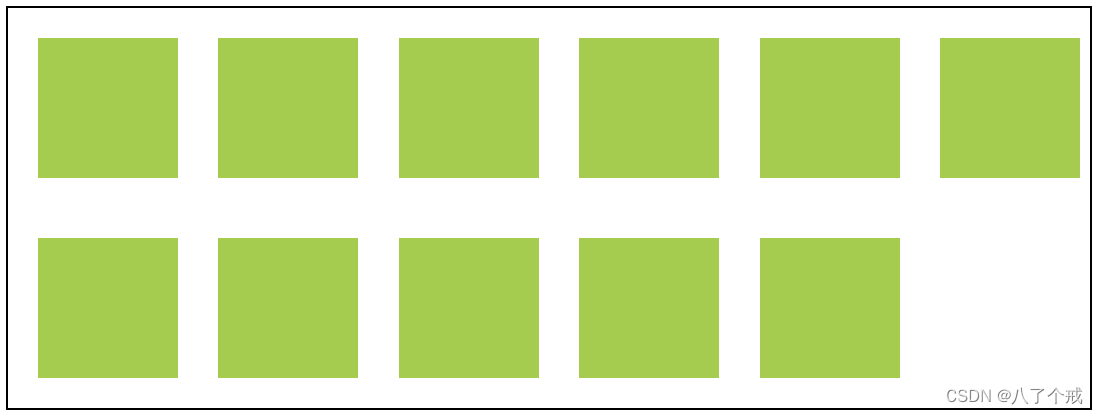
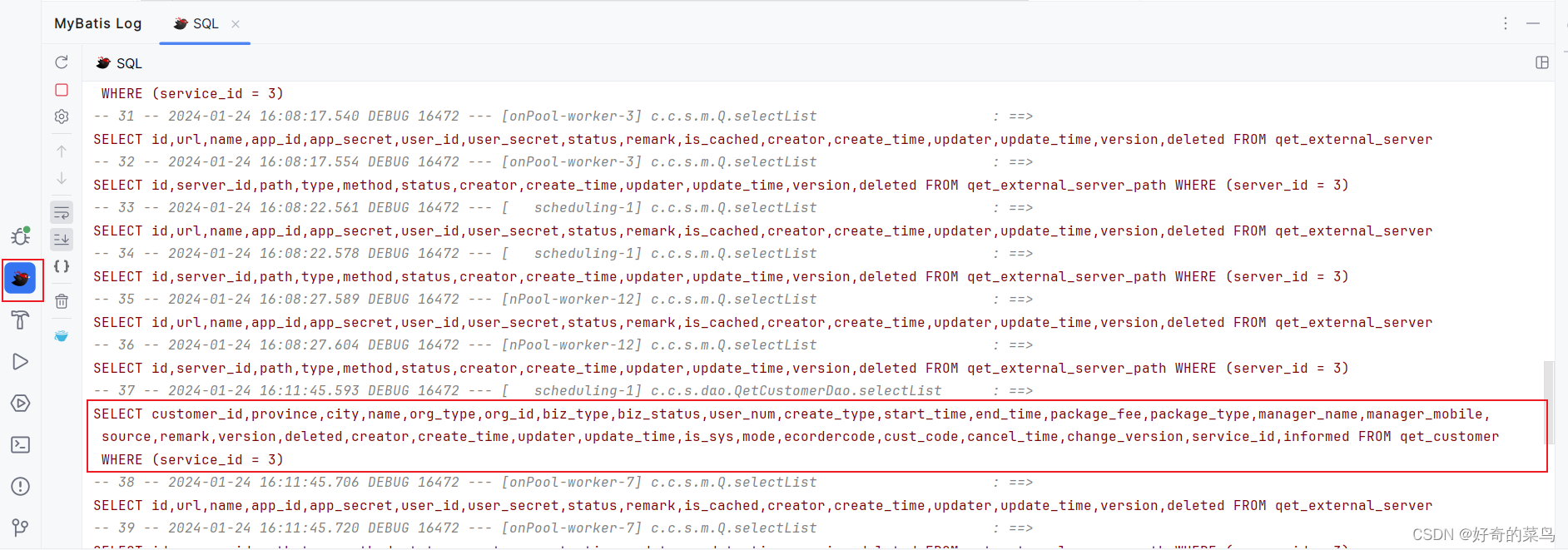
![P4769 [NOI2018] 冒泡排序 洛谷黑题题解附源码](https://img-blog.csdnimg.cn/img_convert/323dd164e2dd3ad46800446b78d7ada2.png)



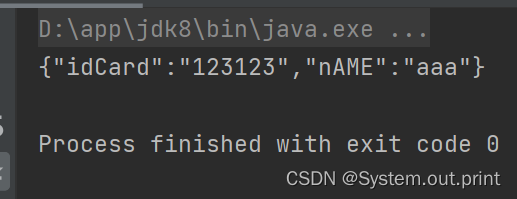


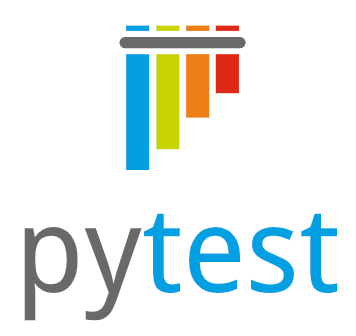
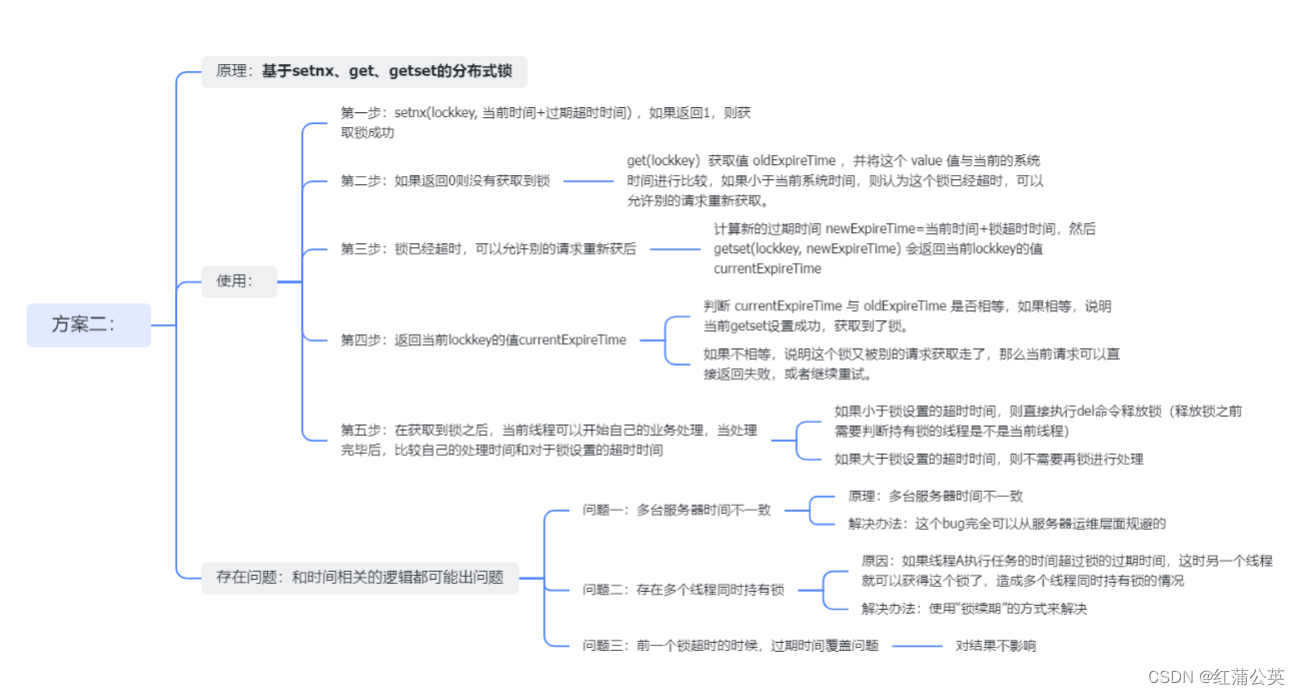


![[BJDCTF2020]ZJCTF,不过如此(特详解)](https://img-blog.csdnimg.cn/img_convert/3b5dd69949e55aba44679863daea5f13.png)